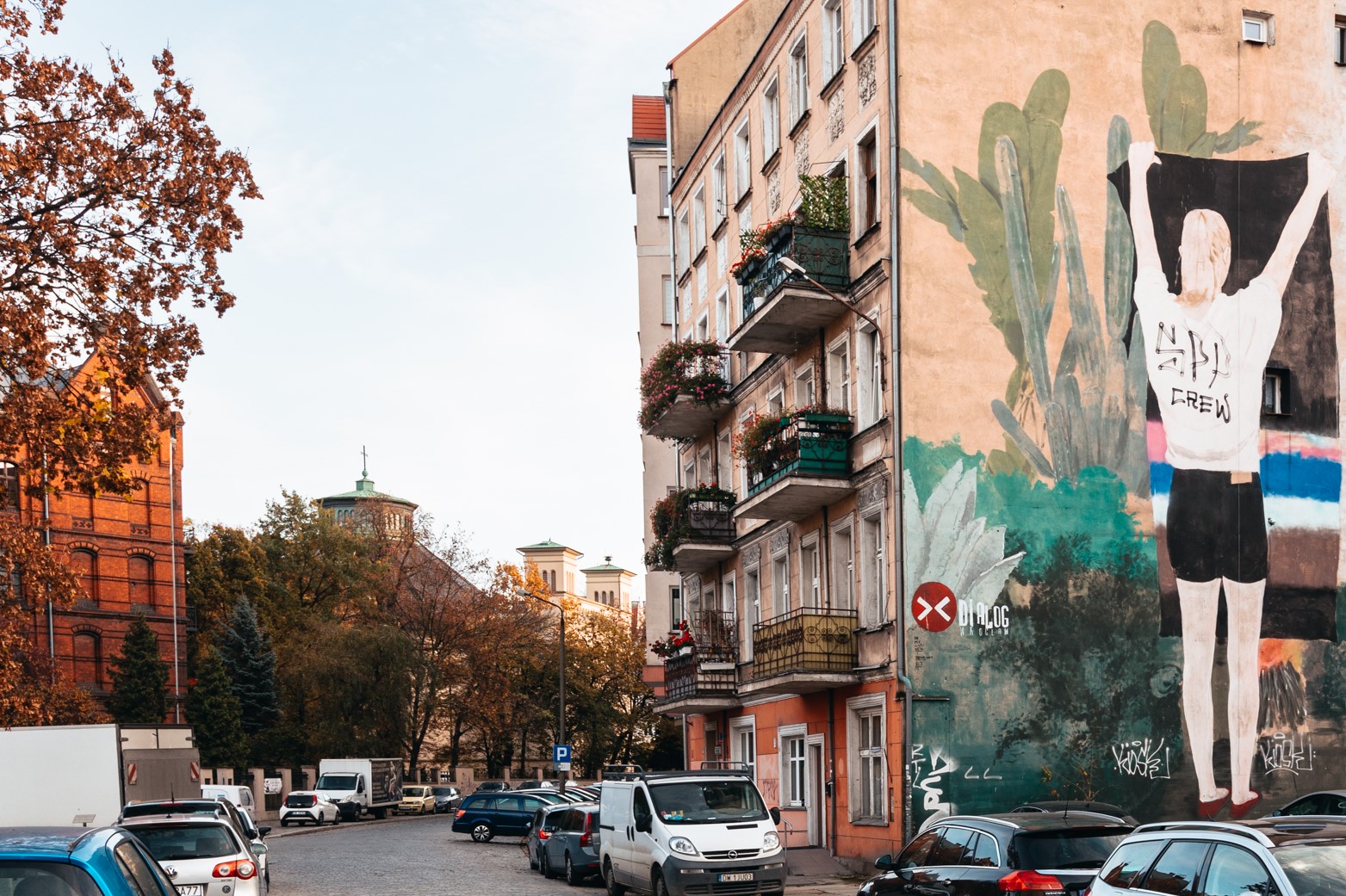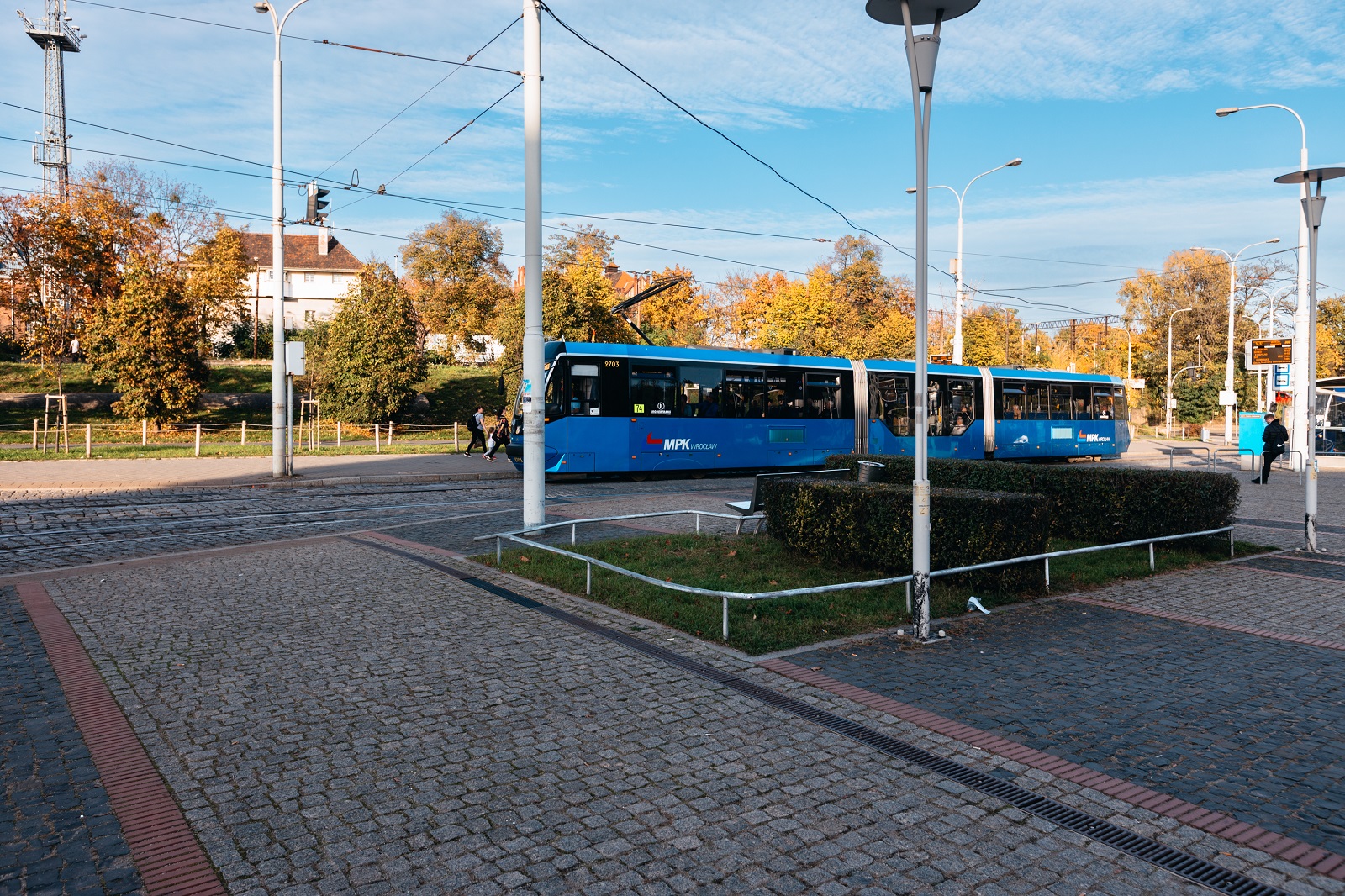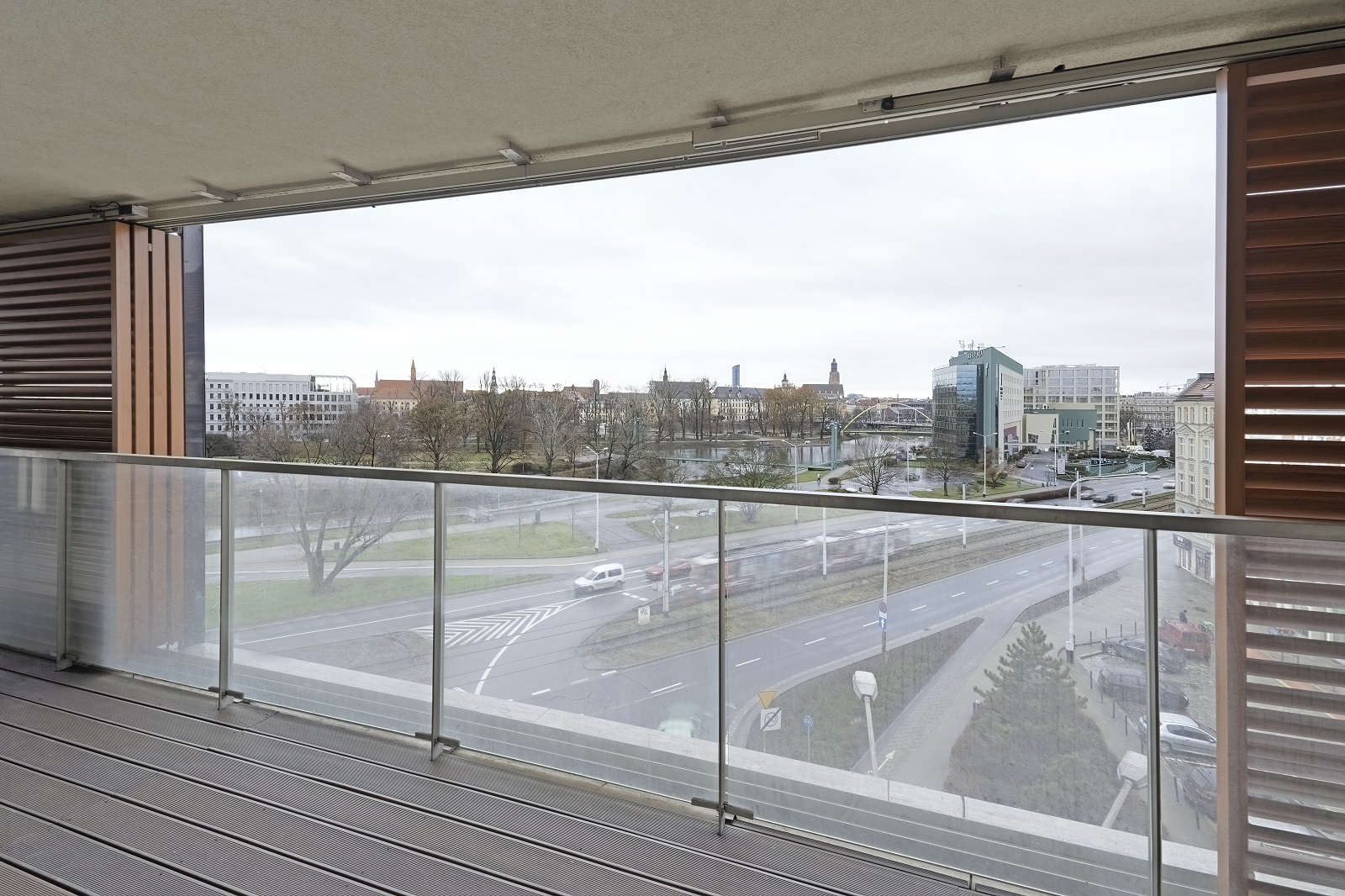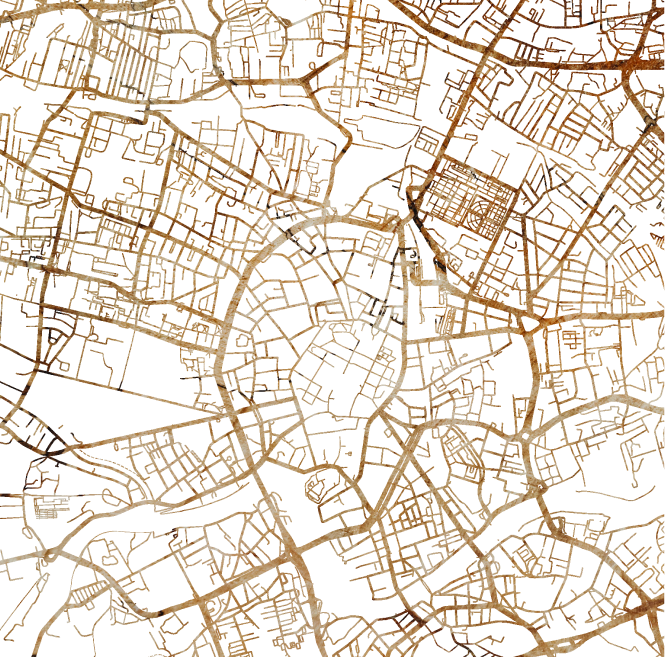Nadodrze has blossomed over the course of the last decade
Upcoming and exciting, Nadodrze has prospered on the back of its unconventional character and in the process charmed a new demographic of young, affluent professionals.
Based in Wroclaw, Poland
Based in Wroclaw, Poland
General Info
Traditionally
looked upon as being rough around the edges, Nadodrze has blossomed over the
course of the last decade to become a prime example of successful regeneration.
Set directly across the river from the Old Town, it enjoys a well-earned
reputation for its renegade, avant-garde scene, and evidence of this is
provided by way of its numerous alternative cafes, hip street food-style joints
and XL-sized outdoor murals. Outbreaks of creative street art are impossible to
bypass, and it is these that have elevated Nadodrze into the conscience of both
locals and visitors. Providing a glorious canvas for many of these artistic
expressions, the townhouses that loom over the streets are frequently a front
for shadowy courtyards containing more mysteries within – from Berlin-style
squat projects to maverick hostels targeted at bohemian backpackers. In turn,
this has had a knock-on impact by attracting an influx of start-ups, NGOs and,
even, the local branch of Google. Upcoming and exciting, Nadodrze has prospered
on the back of its unconventional character and in the process charmed a new
demographic of young, affluent professionals.

Architecture & Property
By in large, Nadodrze is defined by its pre-war 19th century tenements; found in varying states of repair, an increasing number of these have benefited from careful, privately conducted renovations. Still, these contrast against the area’s lesser-loved tenements, but although these look chipped and shabby they lend the area a gritty authenticity that’s appreciated by many. Furthermore, the area has witnessed a growing number of new developments such as Centreville, an ambitious project noted for its generous floor-to-ceiling windows and attractive rooftop balcony gardens. Also earning publicity has been Zajezdnia, a seven-floor complex comprised mainly of high-quality studio apartments. With several apartments gazing over the river, Kurkowa 14 has likewise earned plaudits, a point underlined when it was recognized by Gazeta Wyborcza as the city’s most attractive residential project in 2014.
Of the local landmarks, hopes are high that the train station will finally be reabsorbed into the community after plans were unveiled to revive it as an office complex and gastro hub. Currently looking charred and blackened, it’s a short walk from the power station whose towering red-and-white chimneys are iconic of the area. Harsh as these might appear on the eye, these industrial relics are offset by the presence of such buildings as the Carmelite Monastery as well as historical nuggets like an indestructible wartime air raid shelter.
Architecture & Property
By in large, Nadodrze is defined by its pre-war 19th century tenements; found in varying states of repair, an increasing number of these have benefited from careful, privately conducted renovations. Still, these contrast against the area’s lesser-loved tenements, but although these look chipped and shabby they lend the area a gritty authenticity that’s appreciated by many. Furthermore, the area has witnessed a growing number of new developments such as Centreville, an ambitious project noted for its generous floor-to-ceiling windows and attractive rooftop balcony gardens. Also earning publicity has been Zajezdnia, a seven-floor complex comprised mainly of high-quality studio apartments. With several apartments gazing over the river, Kurkowa 14 has likewise earned plaudits, a point underlined when it was recognized by Gazeta Wyborcza as the city’s most attractive residential project in 2014.
Of the local landmarks, hopes are high that the train station will finally be reabsorbed into the community after plans were unveiled to revive it as an office complex and gastro hub. Currently looking charred and blackened, it’s a short walk from the power station whose towering red-and-white chimneys are iconic of the area. Harsh as these might appear on the eye, these industrial relics are offset by the presence of such buildings as the Carmelite Monastery as well as historical nuggets like an indestructible wartime air raid shelter.
Green & Recreational Areas
Being so heavily built-up with pre-war housing stock, Nadodrze is not naturally associated with greenery, however, respite can be found in a handful of parks such as the neatly landscaped Plac Świętego Macieja at its core. Inspired by England’s 19th century gardens, it’s something of an urban oasis. Although dominated by a monument honouring the city’s wartime ‘liberation’, Park Słowiański in Nadodrze’s top right corner is among the more family-friendly parks in town with facilities including a playground and dog run. These features, though, are outdone by Park Staszica, a triangular plot with climbing nets and fountain park set amid its curling trails.


